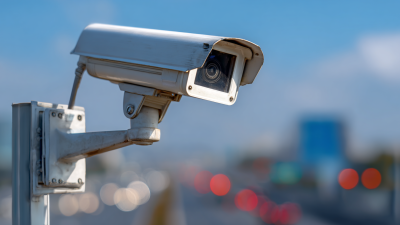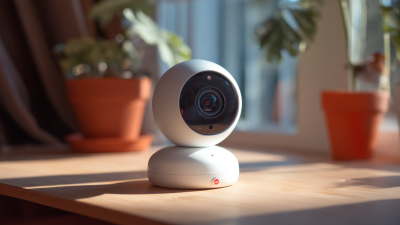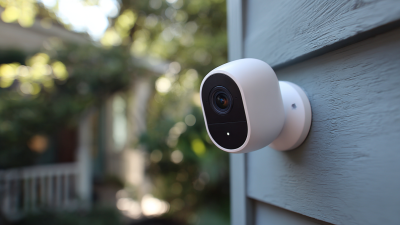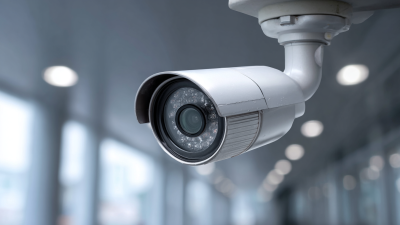
As the demand for advanced home security solutions grows, the emergence of 4G wireless cameras stands out as a transformative innovation in the industry. According to a recent report by MarketsandMarkets, the global smart home security market is projected to reach $70 billion by 2026, with a significant push driven by technology like 4G wireless cameras. These devices not only offer high-definition video surveillance but also enable remote monitoring via mobile applications, allowing homeowners to maintain vigilance from anywhere in the world. The seamless connectivity provided by 4G technology ensures that users can receive real-time alerts and access live feeds without the limitations of traditional wired systems. As urban safety concerns continue to rise, the integration of 4G wireless cameras represents a pivotal step towards enhanced home protection, paving the way for smarter living environments.
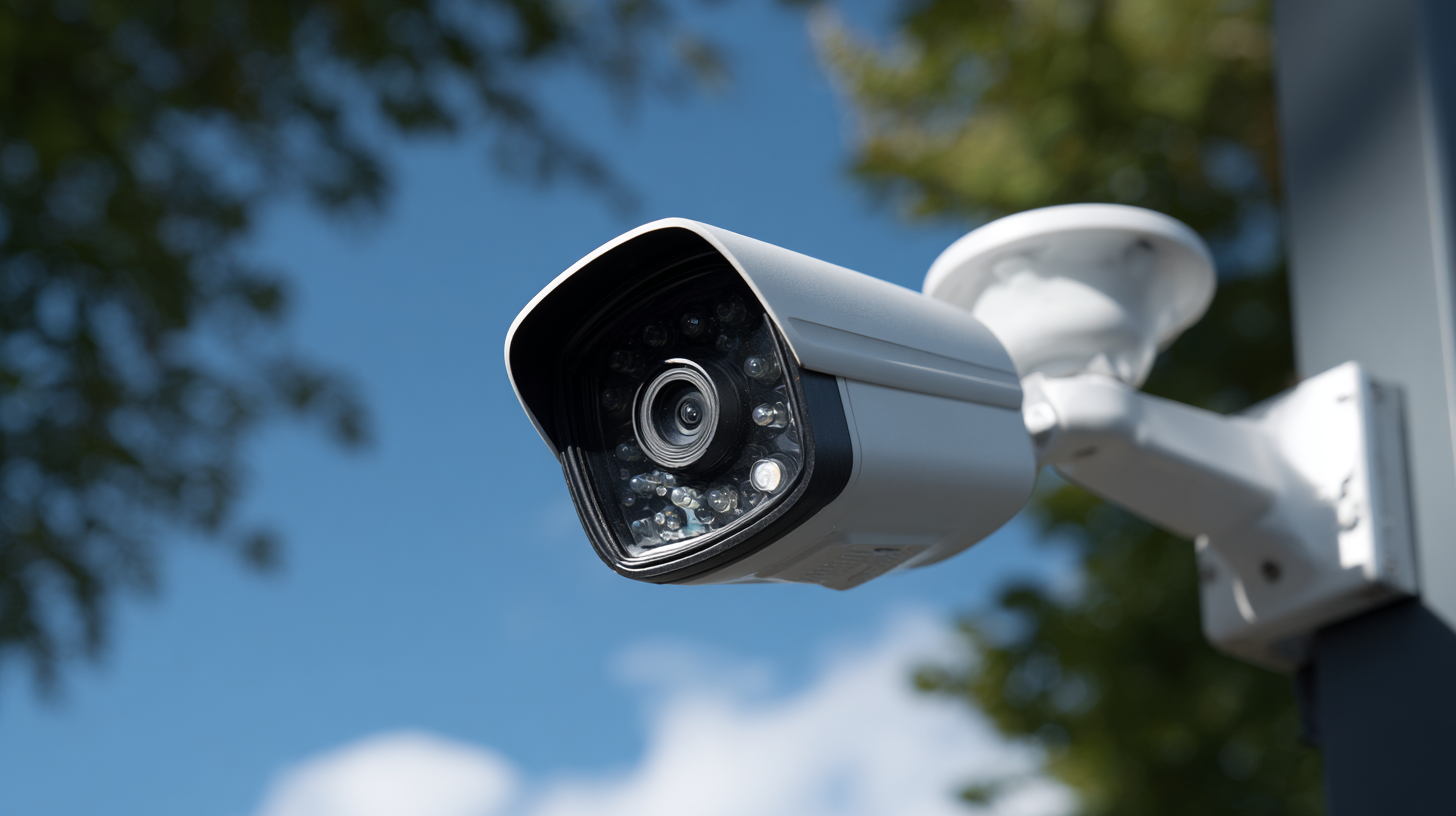
The integration of 4G wireless cameras into smart security solutions marks a significant advancement in home safety technology. As homes become increasingly interconnected, the demand for reliable and flexible security systems is on the rise. According to a report by MarketsandMarkets, the global smart security market is expected to grow from USD 64.76 billion in 2021 to USD 113.49 billion by 2026, at a CAGR of 11.5%. This meteoric growth can be attributed partially to the adoption of 4G wireless technology, which allows for seamless video streaming and real-time monitoring without the constraints of traditional wired systems.
4G wireless cameras offer enhanced mobility and accessibility, enabling homeowners to monitor their properties from virtually anywhere. In fact, a study released by Statista projects that the number of smart home devices will reach 75.44 billion by 2025, further showcasing the shift towards more integrated security solutions. Notably, the use of 4G connectivity ensures that even in areas with unstable or weak broadband connections, users can still receive high-definition video feeds and alerts. This innovation not only boosts the efficiency of home security systems but also reassures homeowners that they can maintain oversight of their residences, contributing to a safer living environment.
In the wake of advancing technology, 4G wireless cameras are quickly becoming a cornerstone in enhancing home safety solutions. These smart security devices boast a range of key features that address the growing demand for reliable and efficient home monitoring. They offer real-time video streaming, allowing homeowners to keep an eye on their property from anywhere, at any time. The use of 4G connectivity means that these cameras can be easily installed without the need for complex wiring, making them not only user-friendly but also highly versatile for various home setups.
**Tips:** When selecting a 4G wireless camera, consider the camera's resolution, night vision capabilities, and the ease of integration with existing smart home systems. This ensures you get a device that fits seamlessly into your current setup while providing high-quality surveillance.
Furthermore, many of these cameras are equipped with motion detection and alert systems that notify homeowners of any suspicious activity in real-time. This proactive approach not only deters potential intruders but also gives homeowners peace of mind. With the increasing shift towards smart home technology, investing in 4G wireless cameras represents a forward-thinking choice for enhancing home safety.
**Tips:** Look for cameras that offer cloud storage options for easy video access and review. Additionally, ensure that the cameras come with strong encryption to protect your privacy and data security.
This chart displays the key features of 4G wireless cameras that contribute to improving home safety. The focus is on essential functionalities that enhance security measures in residential areas.
As security technology continues to evolve, the comparison between traditional security systems and the emerging 4G wireless technology is increasingly relevant. Traditional systems often rely on physical connections and local storage, making them less flexible and more vulnerable to tampering. In contrast, 4G wireless cameras offer remote monitoring capabilities, greater installation flexibility, and enhanced data transmission speeds, making them a superior choice for modern home safety solutions.
The recent advancements in network slicing technology play a significant role in enhancing the capabilities of 4G wireless systems. This technology allows for the creation of dedicated virtual networks tailored to specific applications, such as surveillance and emergency response. By utilizing a secure and agile framework, these systems can provide seamless connectivity and improved real-time data access, ultimately offering homeowners a more robust security solution. The shift towards 4G wireless technology signifies not just a change in hardware but a transformative approach to how we perceive and implement home safety systems.

The rapid evolution of technology has significantly enhanced the capability of 4G wireless cameras, particularly in the sphere of home security. At the forefront of this transformation is artificial intelligence (AI), which plays a pivotal role in improving the functionality of these devices. AI algorithms enable cameras to distinguish between different types of motion, reducing false alarms triggered by pets or environmental factors. This advanced detection allows homeowners to receive more accurate alerts, ensuring they are only notified of potential threats, thereby increasing trust in their security systems.
Moreover, AI enhances the ability of 4G wireless cameras to analyze real-time data, empowering users with actionable insights. These cameras can utilize facial recognition technology, enabling recognition of familiar faces and alerting homeowners to unexpected visitors. In addition, AI-driven analytics can monitor patterns over time, learning the typical activities in a household and identifying anomalies. This level of intelligence not only strengthens security but also creates a more intuitive and user-friendly experience, paving the way for smarter, safer homes in the future.
| Feature | Description | Impact on Home Safety | AI Enhancements |
|---|---|---|---|
| Remote Viewing | Access camera feeds from anywhere via mobile apps. | Increased surveillance capabilities for homeowners. | AI-driven alerts for motion detection enhance real-time responses. |
| Two-Way Audio | Communicate directly through the camera's built-in mic and speaker. | Ability to deter potential intruders or communicate with delivery personnel. | Voice recognition AI can filter interactions to reduce false alarms. |
| Night Vision | Infrared capabilities for visibility in low light conditions. | Continued surveillance during nighttime hours enhances security. | AI algorithms improve image clarity and object recognition in darkness. |
| Cloud Storage | Store footage securely online for easy access. | Protection against data loss from local hardware failure. | AI can categorize and tag footage for quicker retrieval. |
| Motion Detection | Detect and alert users about movement in monitored areas. | Reduces false incidents and enhances monitoring efficiency. | AI distinguishes between human and pet movements for accurate alerts. |
The rise of 4G wireless technology is revolutionizing the home security landscape, introducing innovative solutions that promise enhanced safety and convenience. With the increasing demand for smart security systems, startups in the telecom sector are leveraging this technology to develop advanced features that allow homeowners to monitor their properties in real-time. These innovations include high-definition video streaming, cloud storage for recorded footage, and seamless integration with smartphones, making it easier than ever to manage home safety from anywhere.
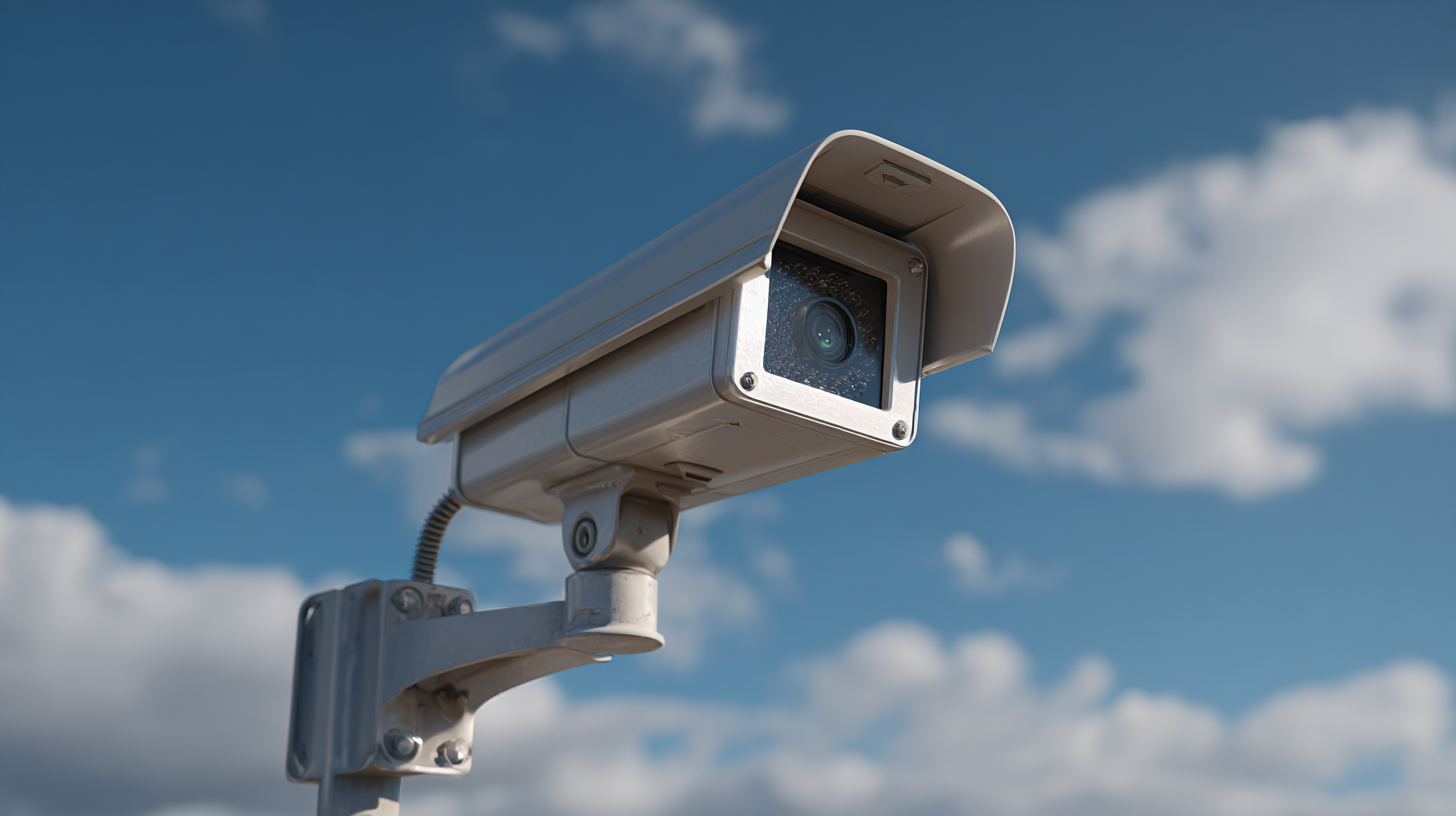
As we look toward the future, the trends in smart security will continue to evolve with 4G advancements. Expect to see an increase in AI-powered systems that can differentiate between usual and unusual activities, providing alerts and reducing false alarms. Additionally, with the expansion of the Internet of Things, more household devices will become interconnected, leading to comprehensive ecosystems where security cameras work alongside smart locks, alarms, and lighting to create a holistic protective environment. This interconnectedness will not only enhance user experience but also drive the development of smarter, more adaptable security solutions in the coming years.
